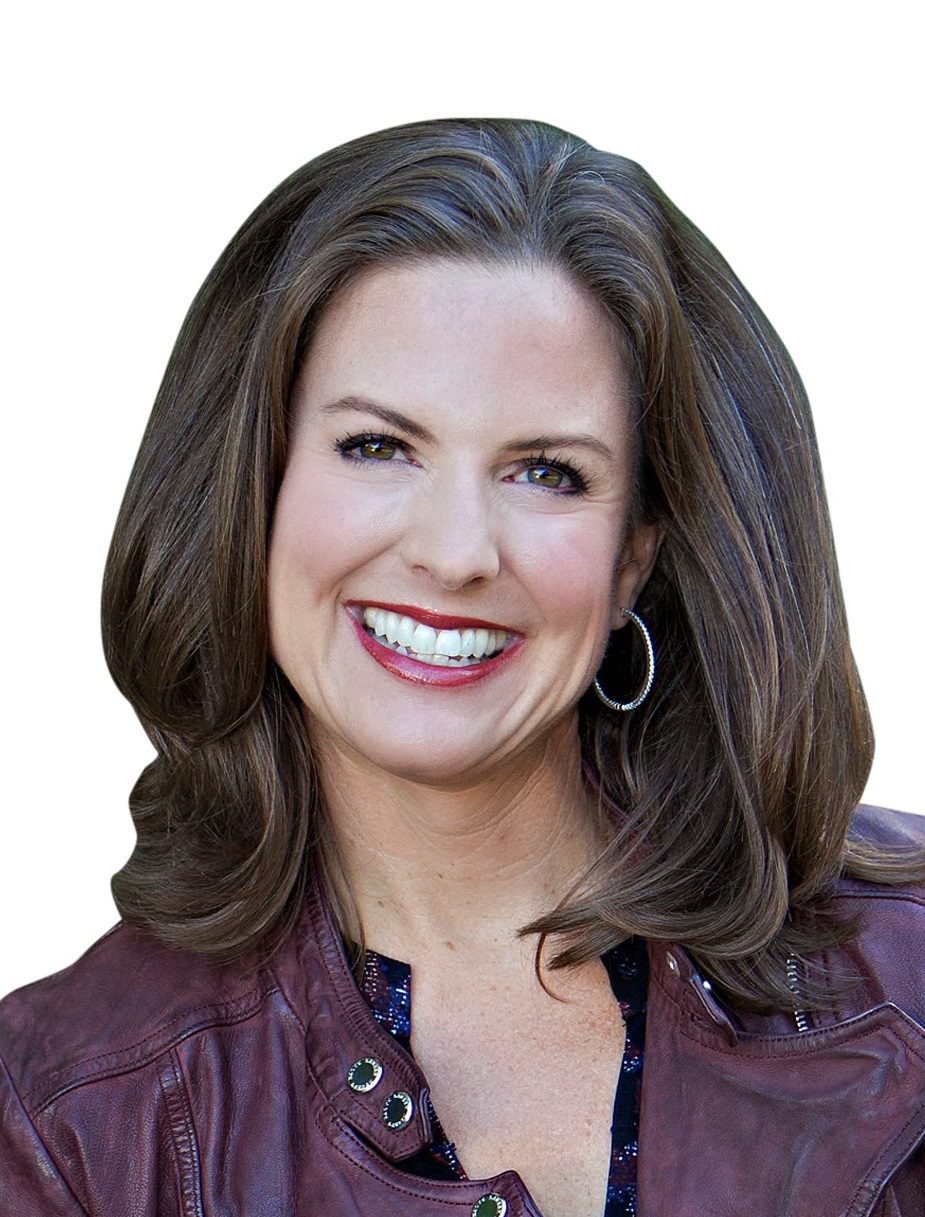Carson Tate offers three ideas for replenishing your mental reserves
.jpg)
When your mental bandwidth is depleted, it leaves little room for big ideas to flourish. Carson Tate offers three ideas for replenishing your mental reserves
In a highly competitive global economy, innovation, creativity and your business’s ability to differentiate itself through its ideas and products are essential for continued growth and profitability. For a worker today, information overload, 24/7 connectivity, constant interruptions from wherever you’re working, and email and text communication can lead to overwhelming anxiety.
All of this anxiety hijacks your time and mental resources, resulting in scarcity. And when you experience scarcity of any kind – time or mental – you become absorbed by it. Your mind orients automatically towards an unfilled need.
The problem with mental scarcity is that it creates its own trap. It further perpetuates scarcity and reduces all components of our mental bandwidth – we are less insightful and less forward-thinking; we have less mind to give to dreaming about that next breakthrough idea. All of these are essential components of innovation.
If you want to support and nurture innovation in your work, it’s time to start thinking about how to reduce mental scarcity and increase your mental bandwidth. Here are three simple yet powerful ways to start.
Develop routines for regular tasks
Develop a routine for common tasks so that your brain can automatically repeat them with minimal input by you. Once the routine is established, it’s interpreted by your brain as a pattern. These patterns, through frequent use, become hardwired into your brain. And the more you use a pattern, the less attention you’ll need to pay to doing this task, thus freeing up mental bandwidth for ideation. Consider developing routines for phone calls, opening documents, filing and saving documents, sorting and processing mail, and making travel arrangements.
Automate email processing
A lot of the work you do is virtual – over email, text or perhaps a project management app. Email processing consumes significant amounts of time and mental capacity. Reduce the time and mental drain by automating frequent email responses, email follow-up, the prioritisation of incoming messages and the filing of reference materials.
Automate frequent email responses. Use a free text expander software app like FastFox for PC or Text Expander for Mac, or a more robust program like Wittyparrot. These will work in any program, including your email platform, and allow you to insert commonly used text with just a keyboard shortcut or by dragging and dropping text. No longer will you waste your mental energy thinking about what to say, or precious time typing out a response; you can reply automatically within seconds.
Automate your email follow-up. Automate your follow-up by setting up and using the ‘waiting for’ rule. Here’s how it works: When you send an email where you need a response from the recipient, cc yourself on the email. That email will then be automatically saved in a folder you have designated for all of your follow-ups. As new messages are automatically added to this folder, the numeral indicating how many messages are in the folder will become bold. No longer will you spend time searching through sent messages or trying to remember if you’ve followed up on your open requests.
Automate the prioritisation of incoming messages. The most important mental processes, such as prioritising, often take the most effort and are energy-intensive. Let your email program automatically prioritise incoming messages. Colour-code your incoming message by sender priority. For example, you might colour-code your manager in red, your top clients in green and turn the messages where you are cc-ed to light grey. So when you open your inbox, you can quickly scan them for the most urgent messages, such as those from your manager or key clients.
Automate the filing of reference materials. Automatically file all of your and impact. reference materials, trade publications and industry news by writing a rule. For example, you might write a rule to fi le all of your trade publications in a folder named Trade Publication Reading. Now, when you open your inbox, it will only contain email messages that require action by you, and you won’t waste precious time or mental energy sorting through messages you can read at a later date.
Cultivate joy
Great insights occur more frequently the more relaxed and happy you are. Take time during the workday to do something totally unrelated to work that brings you joy, makes you laugh or just makes you smile. Spend some time on YouTube watching funny videos, call a friend, take a walk or read for pure pleasure. It doesn’t matter what it is as long as it brings you delight.
Don’t let mental scarcity rob you of your next big, bold, breakthrough idea. Support and nurture your creativity and impact by increasing your mental bandwidth, developing routines for regular tasks, automating email processing and cultivating joy.
What’s possible if you shifted your thinking to “What impact can I make today?” instead of “How much can I get done today?” Remember, you’re in the driver’s seat of your time, energy, attention, mental capacity- and impact.

Carson Tate serves as a consultant and coach to executives at Fortune 500 companies, including AbbVie, Deloitte, EY, FedEx and Wells Fargo. The author of Work Simply: Embracing the Power of Your Personal Productivity Style, her views have been included in several publications, including Fast Company, Forbes, the Harvard Business Review blog, The New York Times and more. For more information, visit workingsimply.com.



